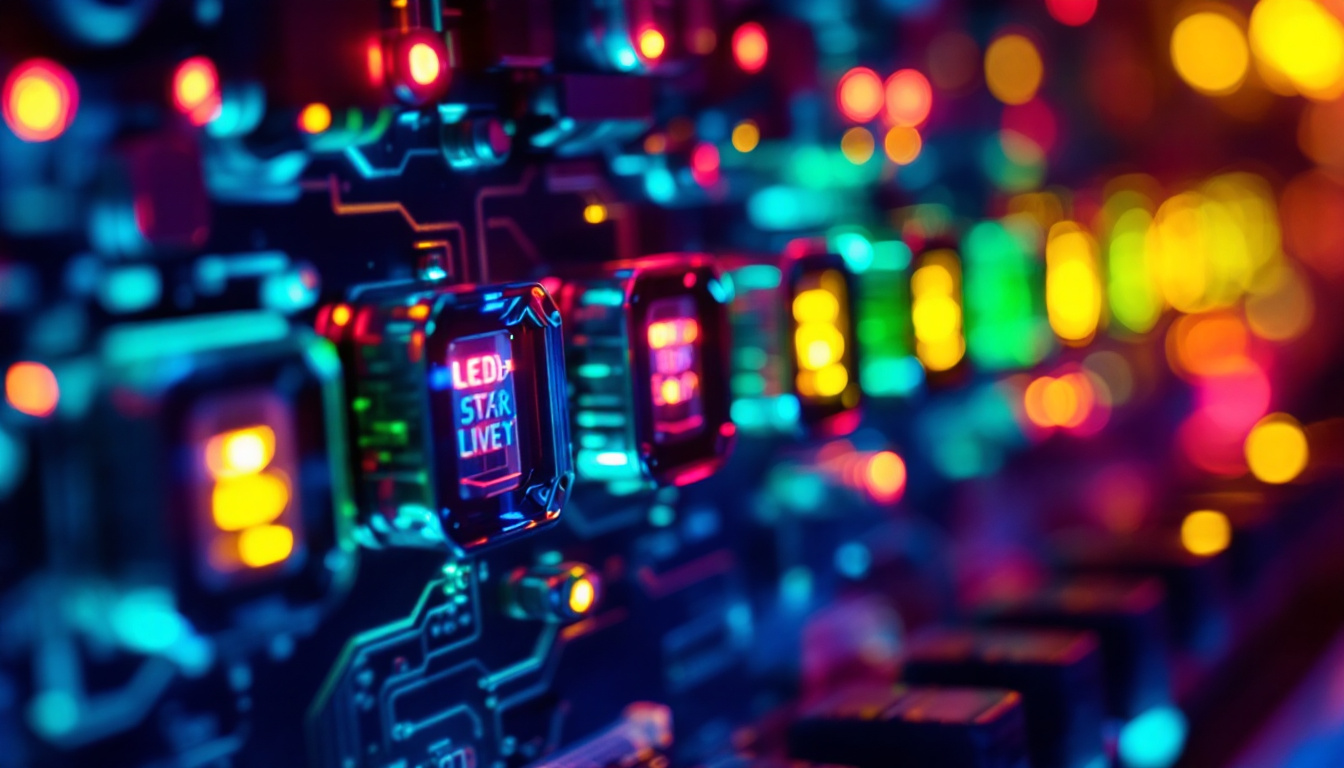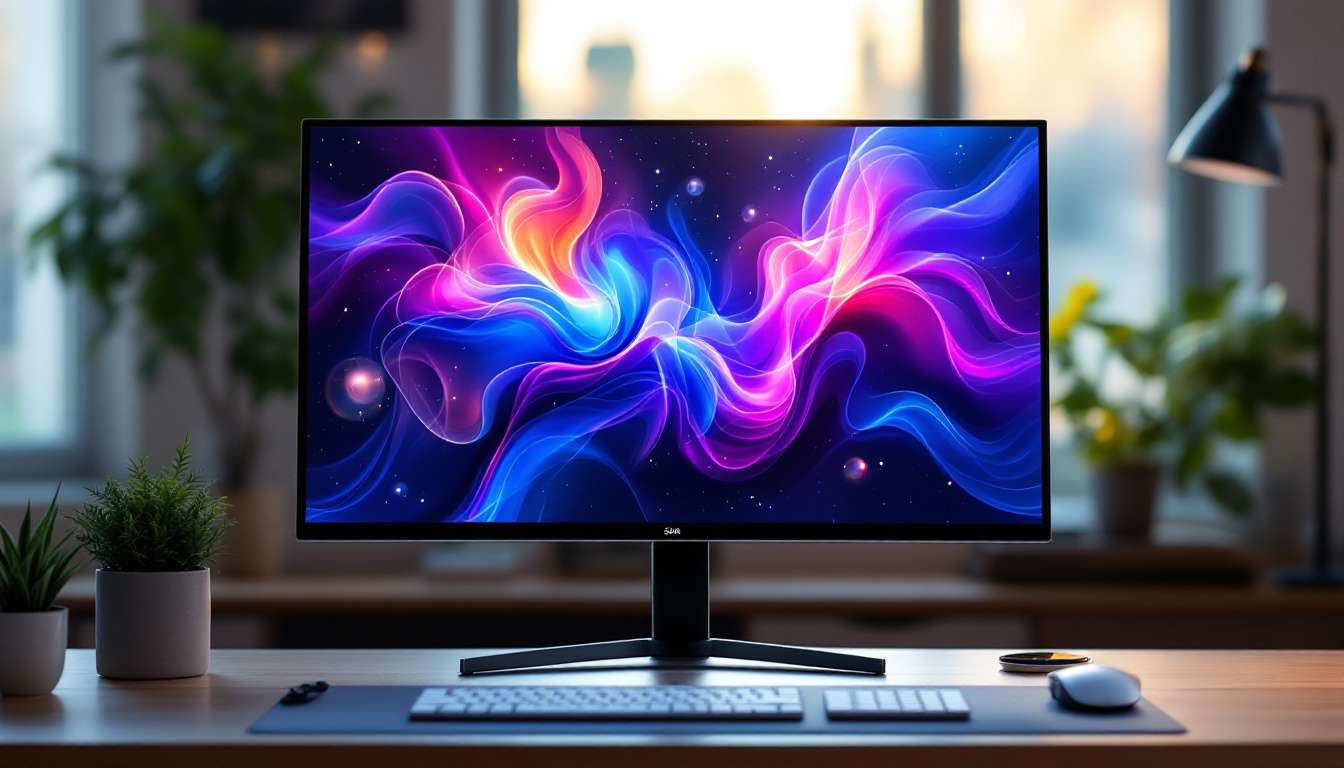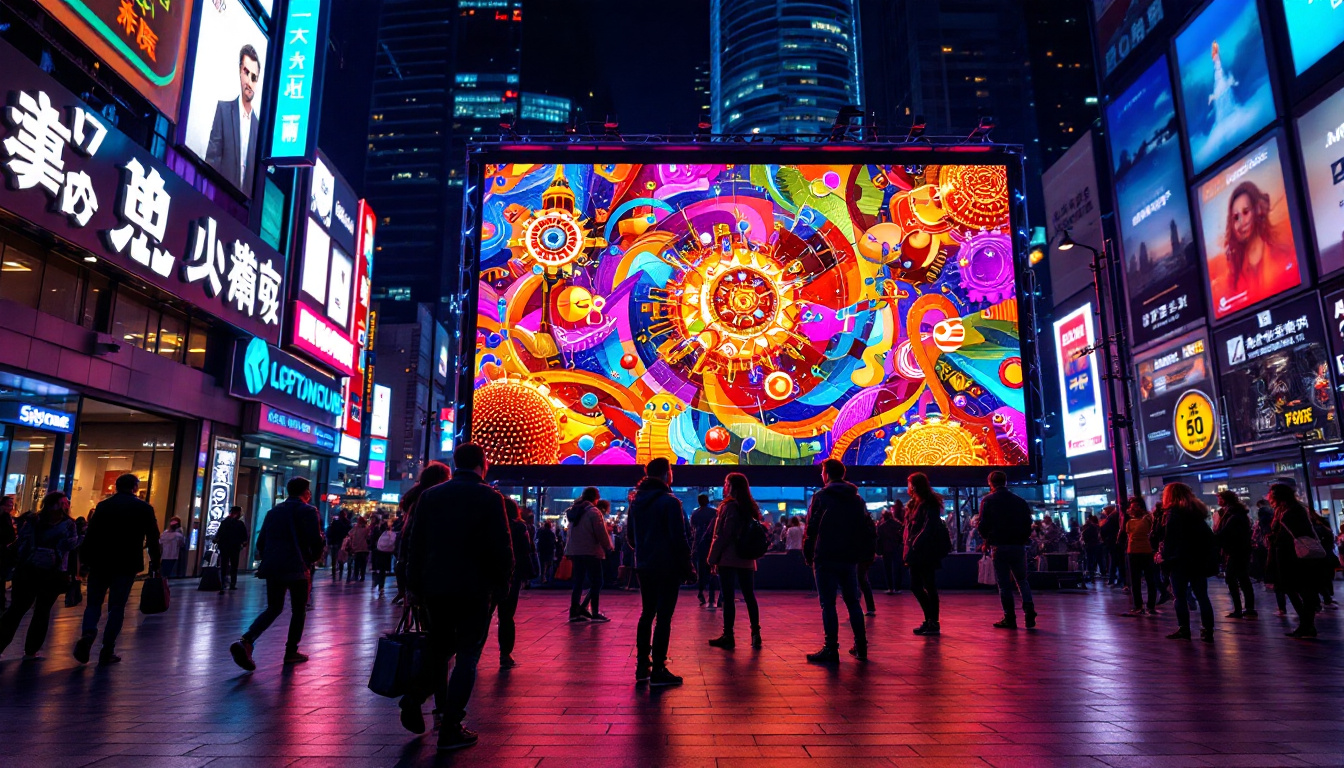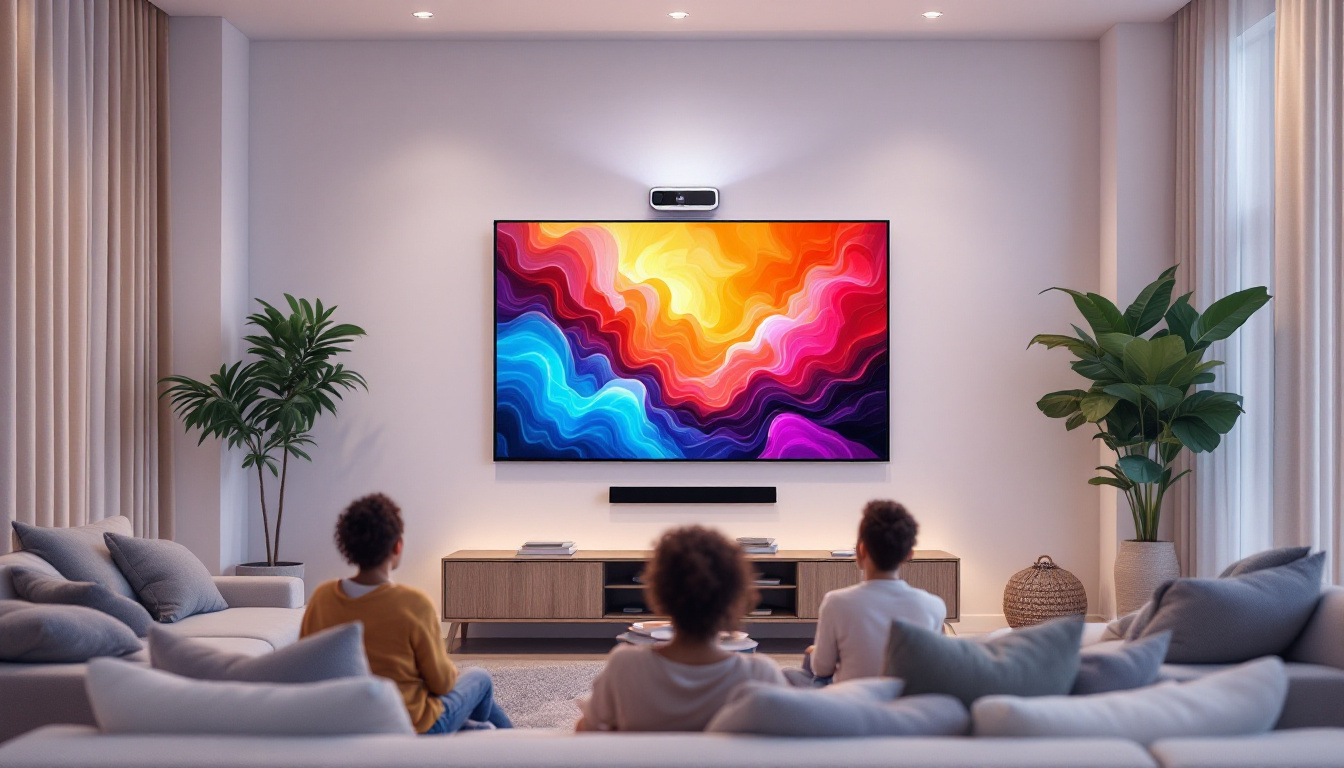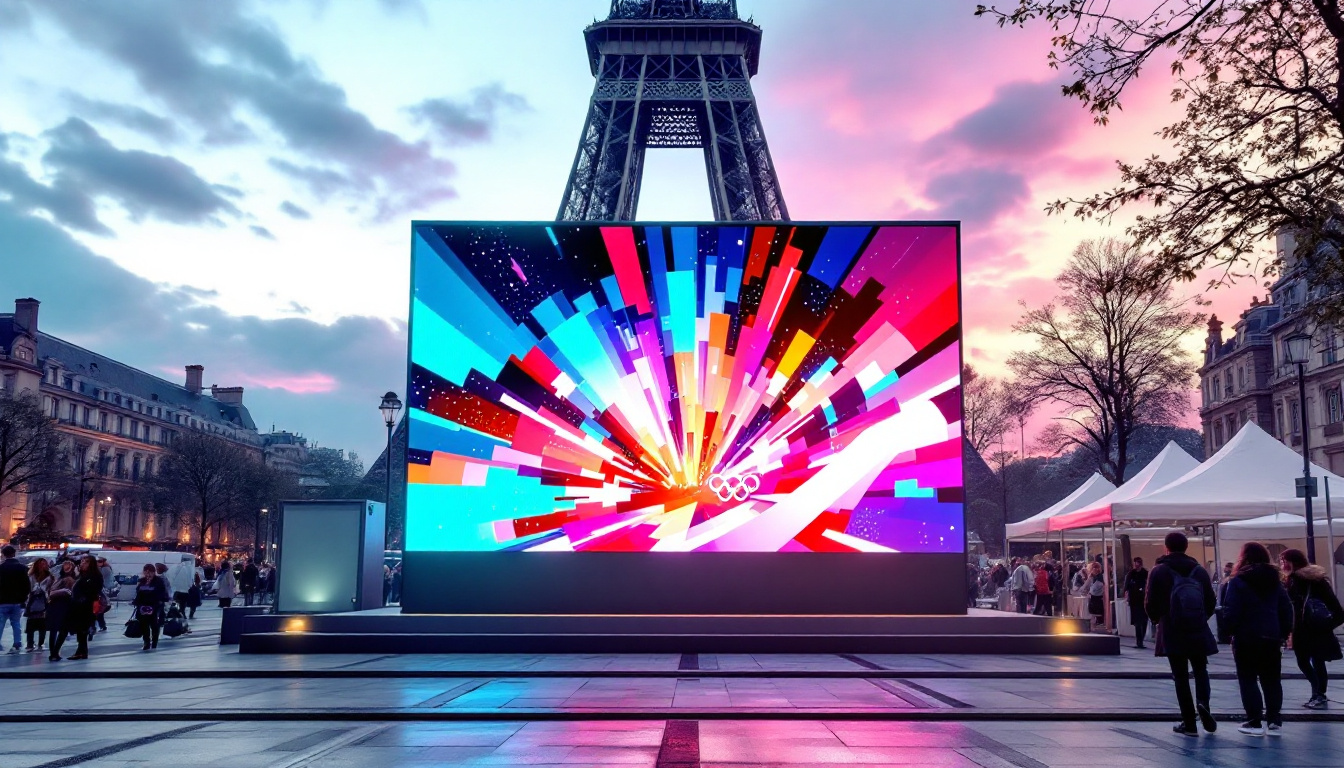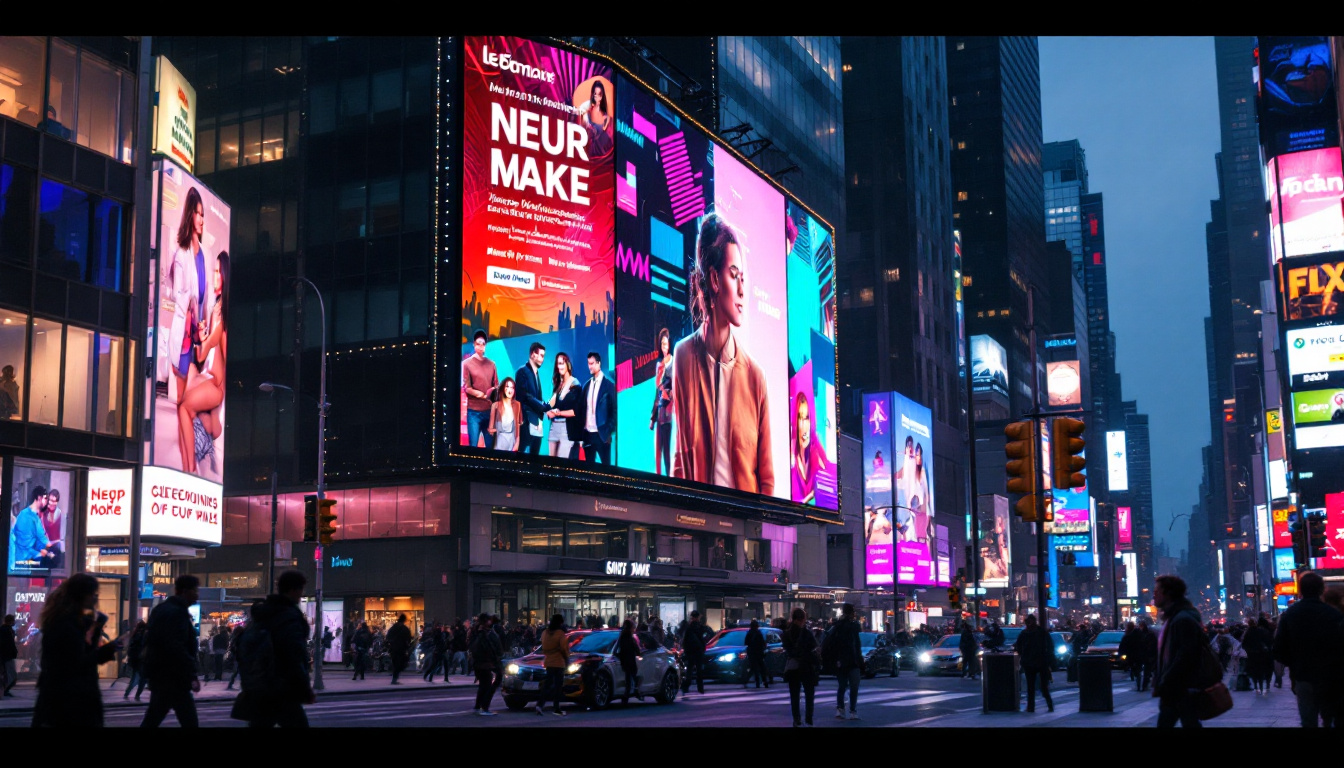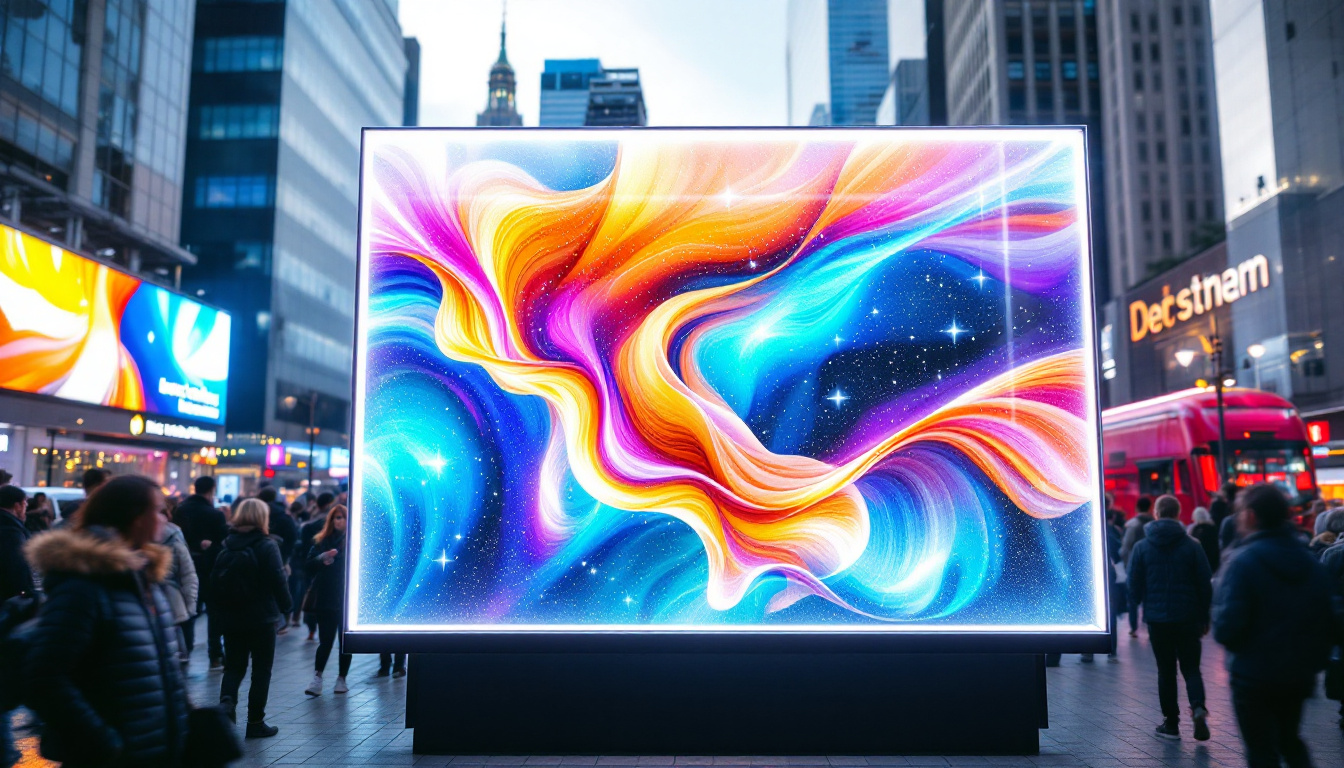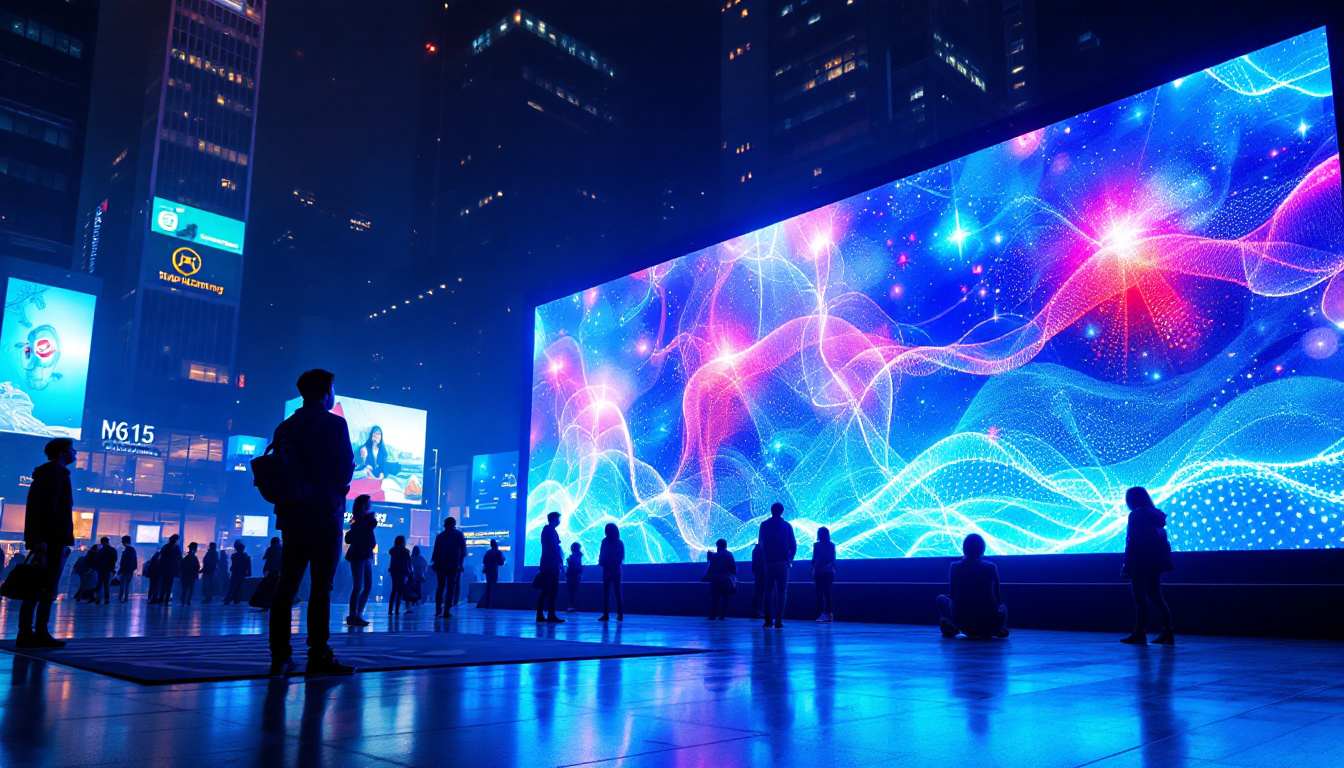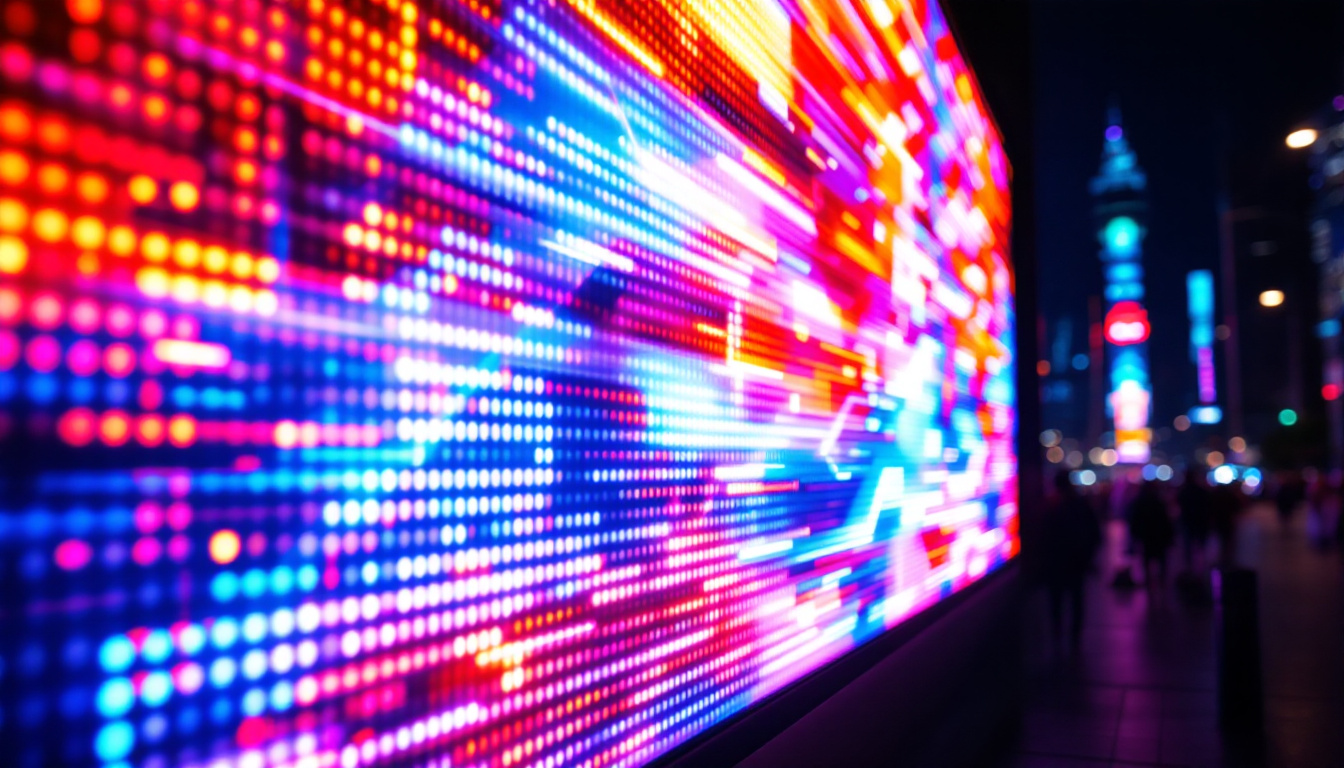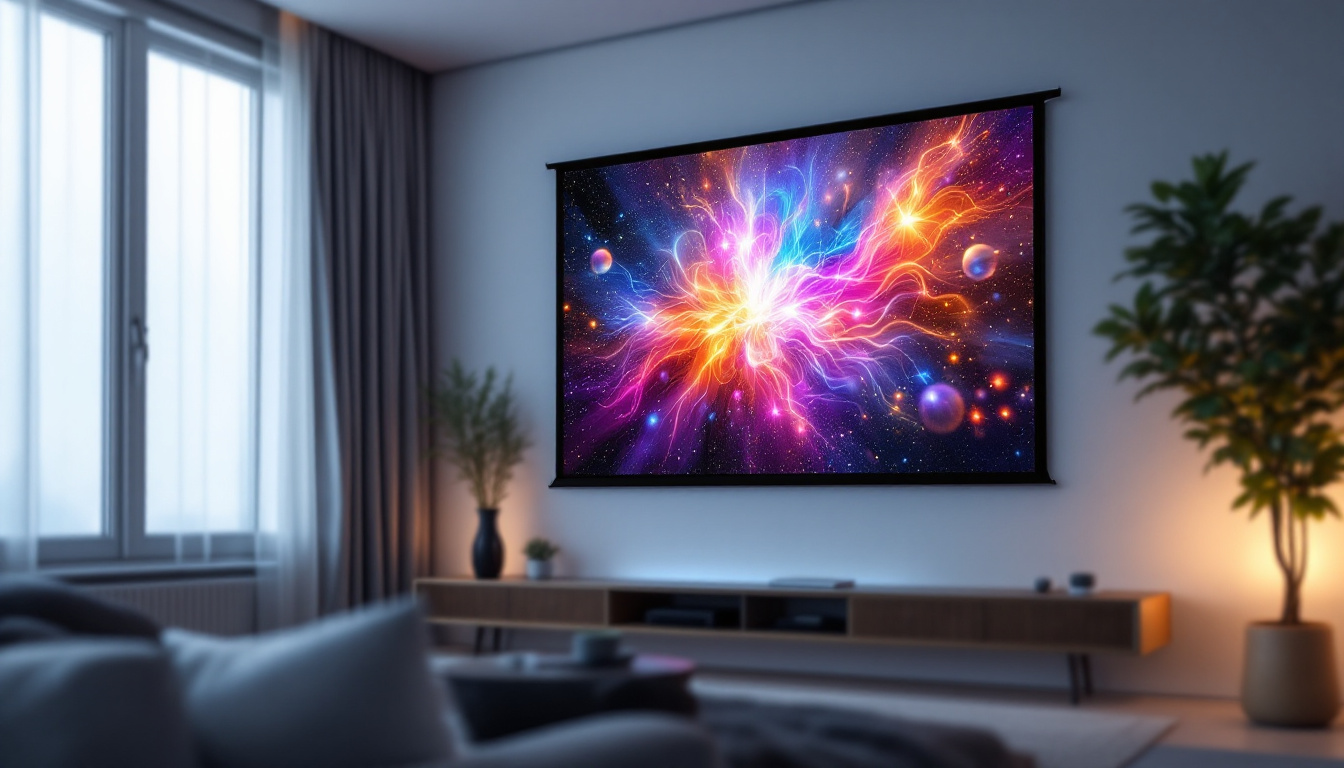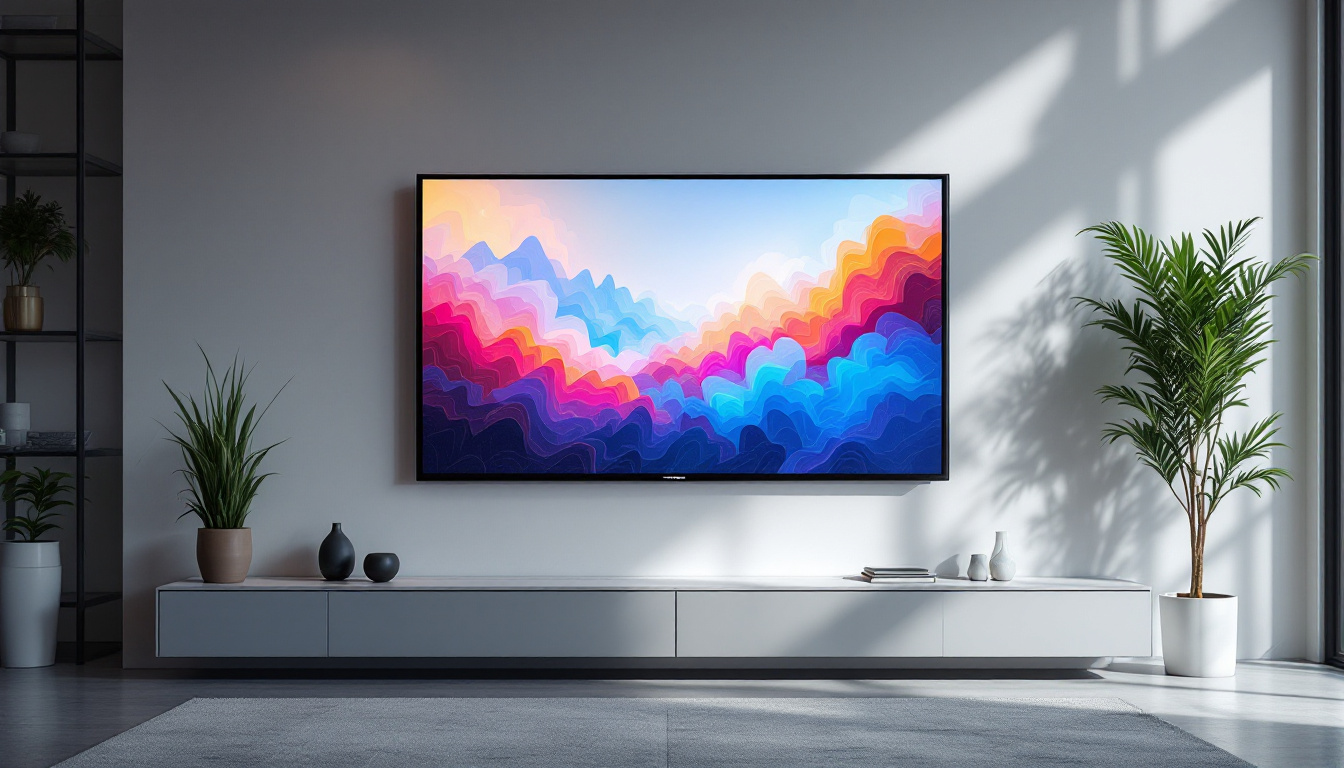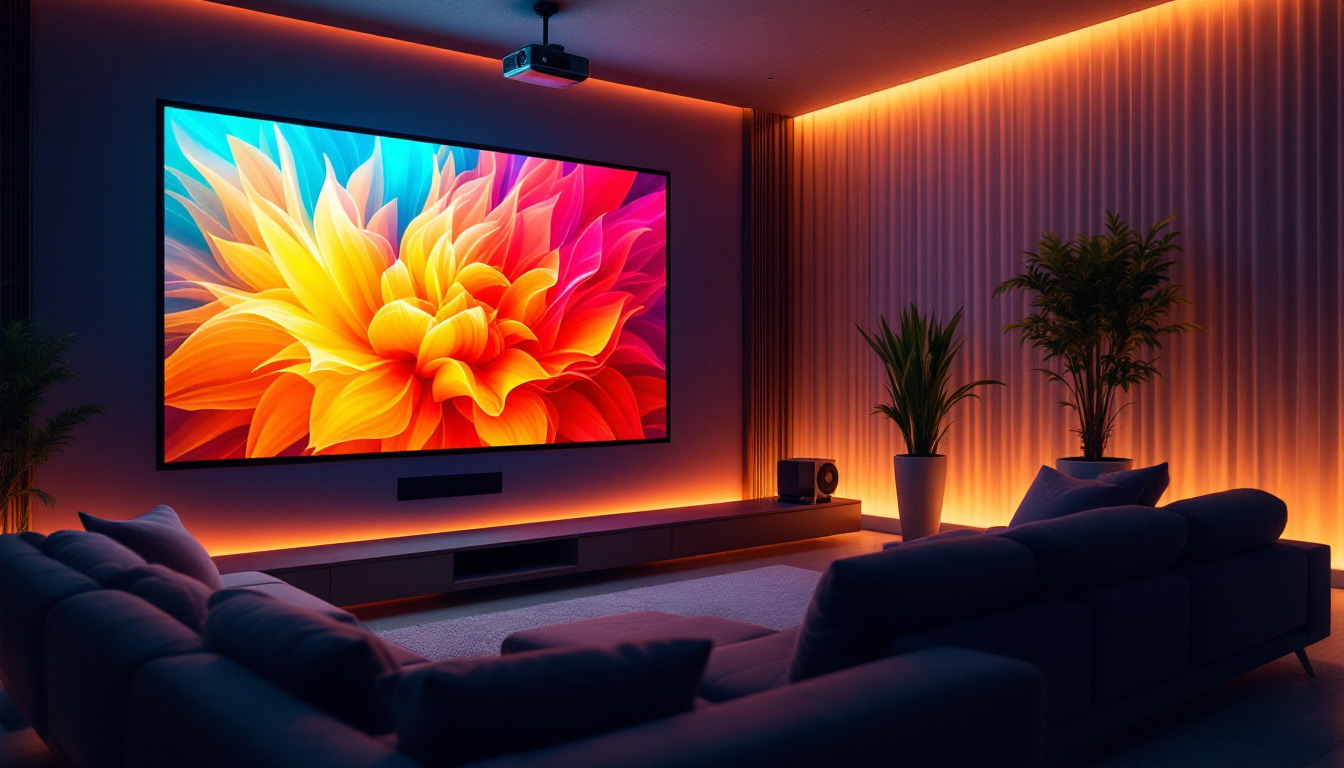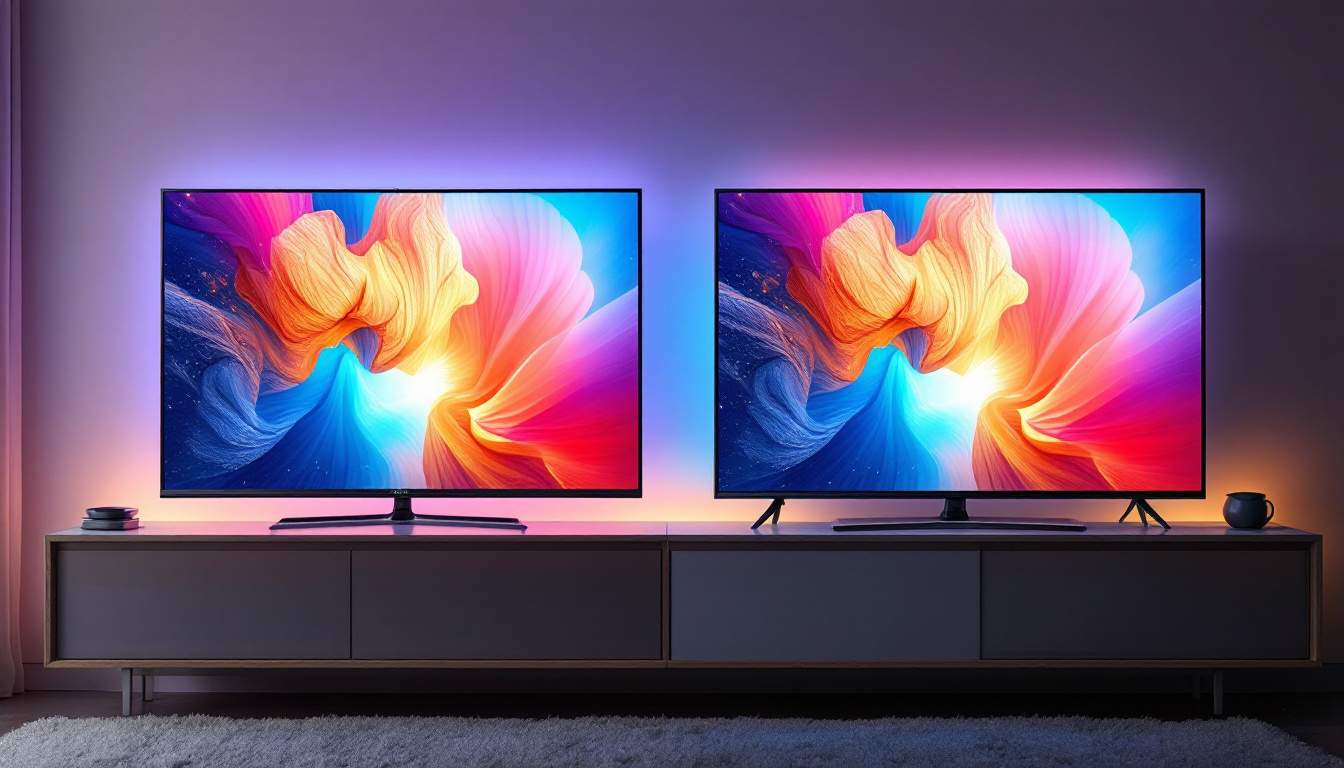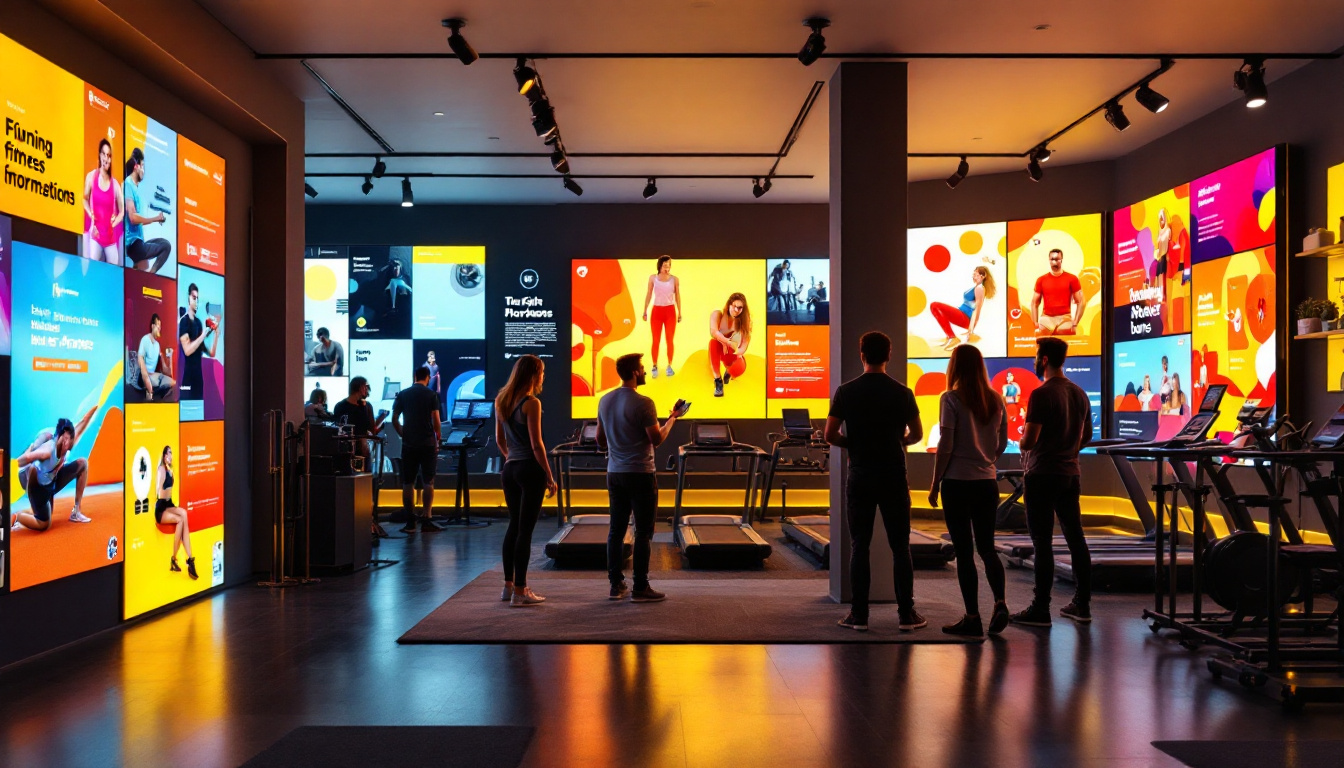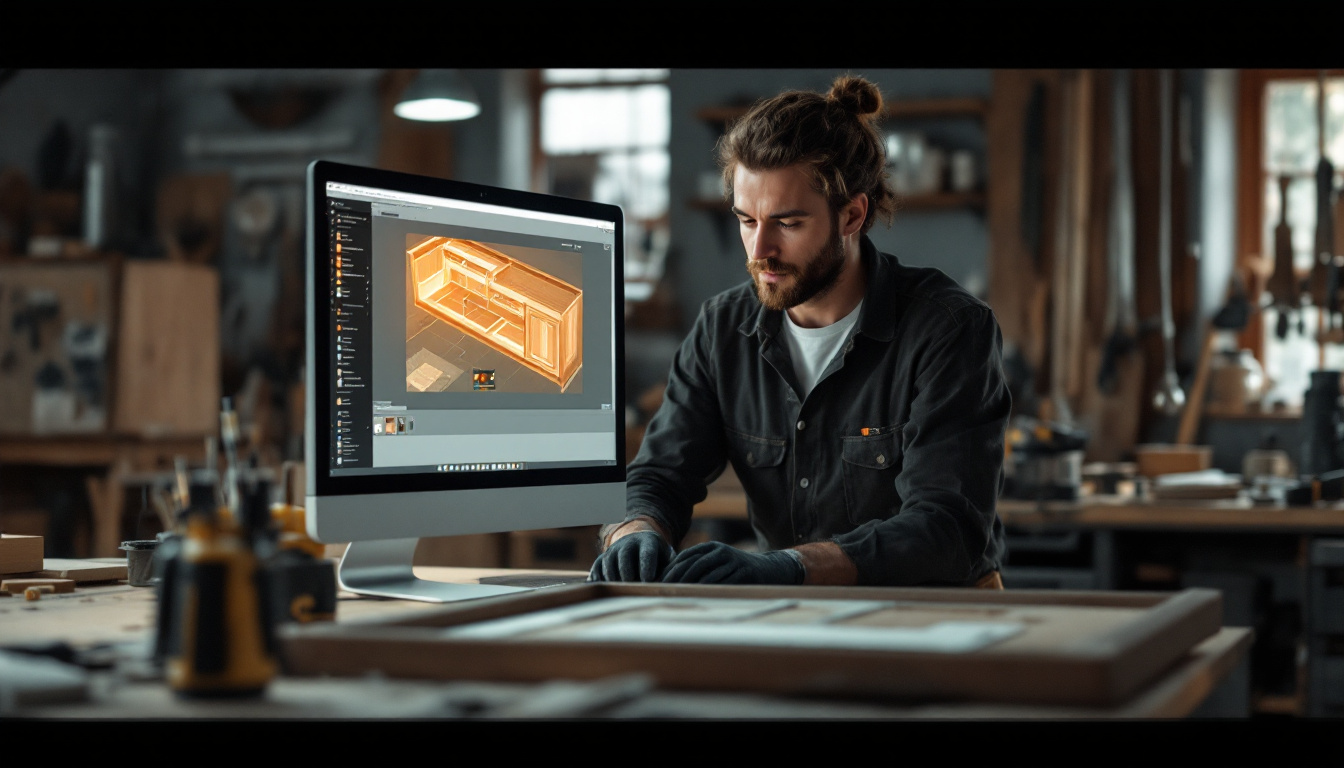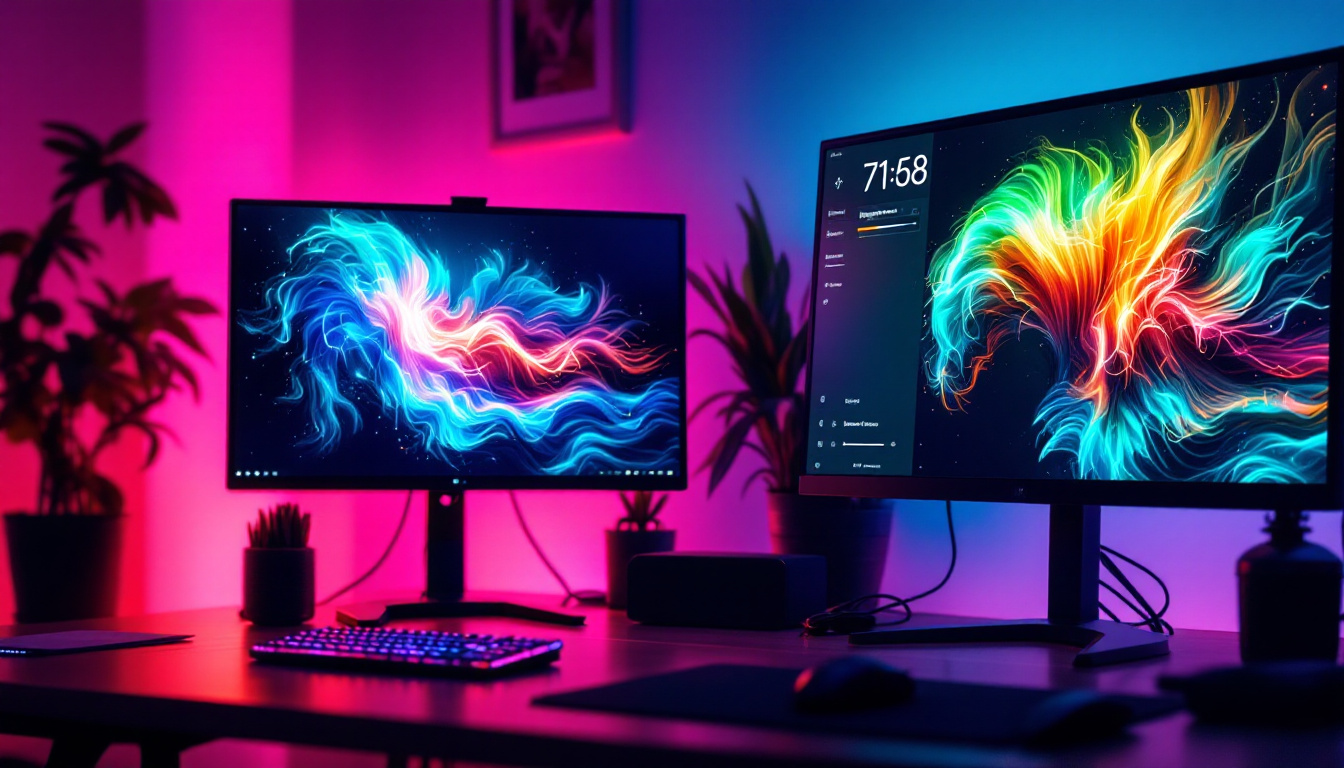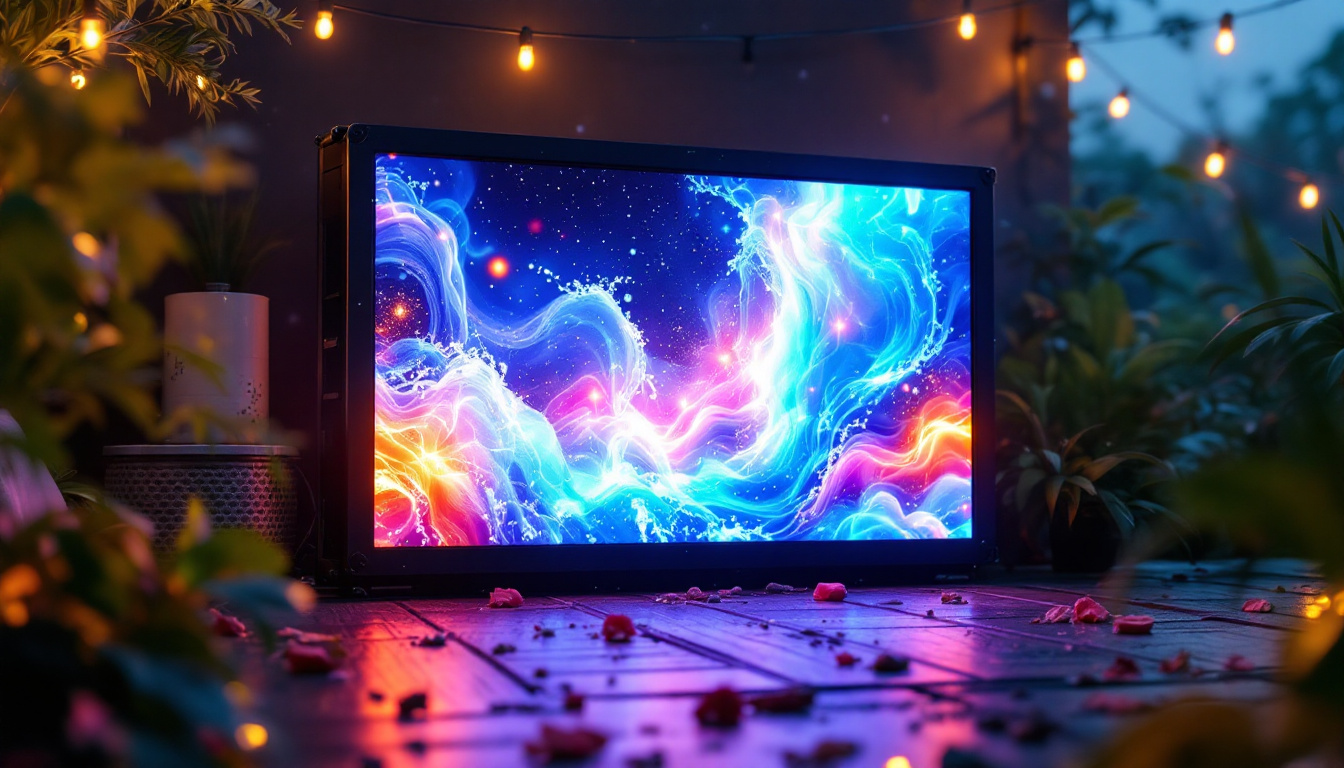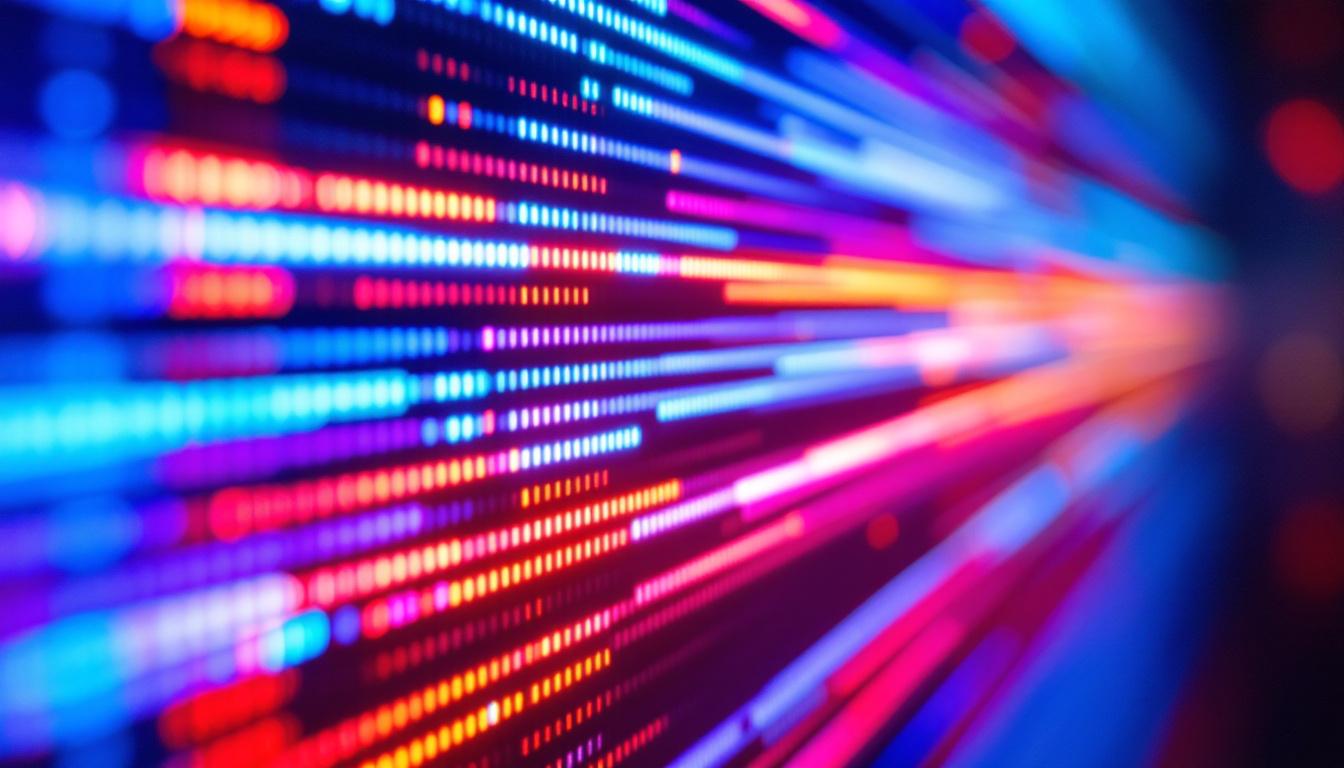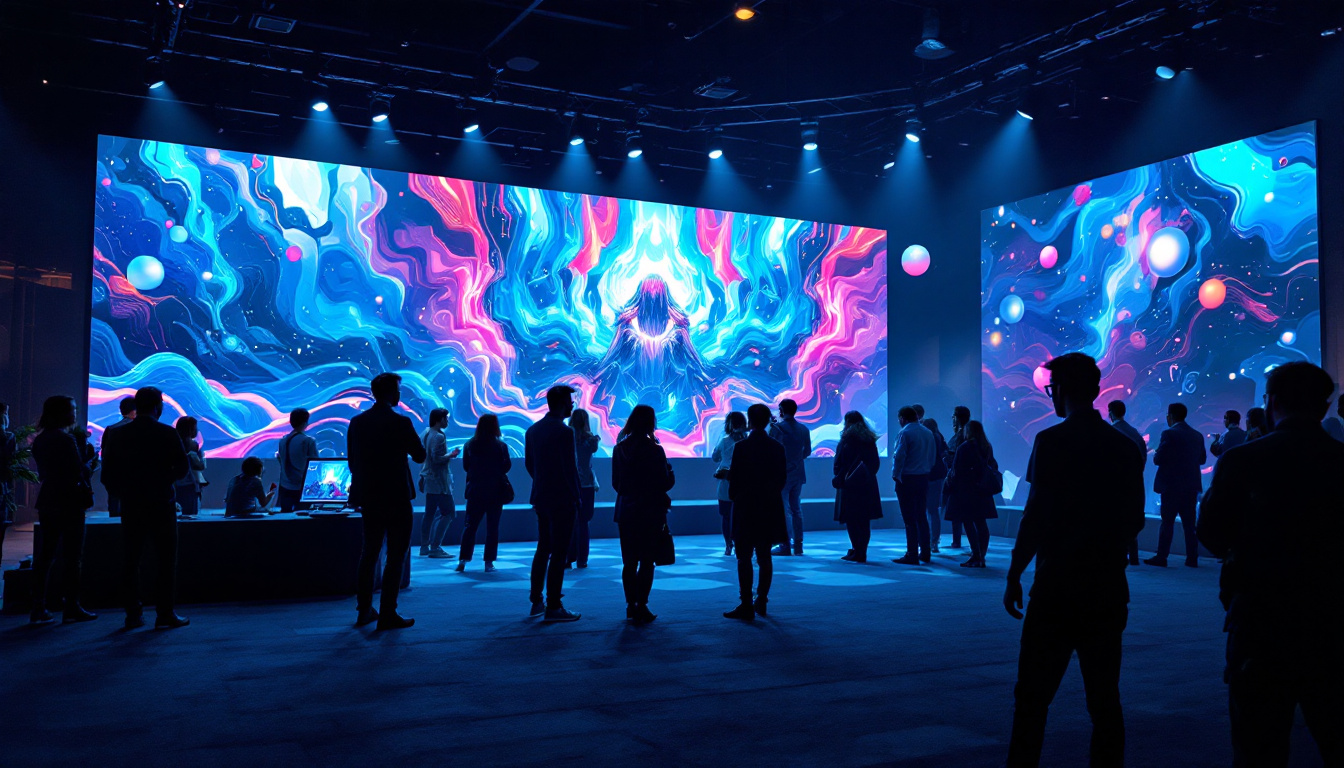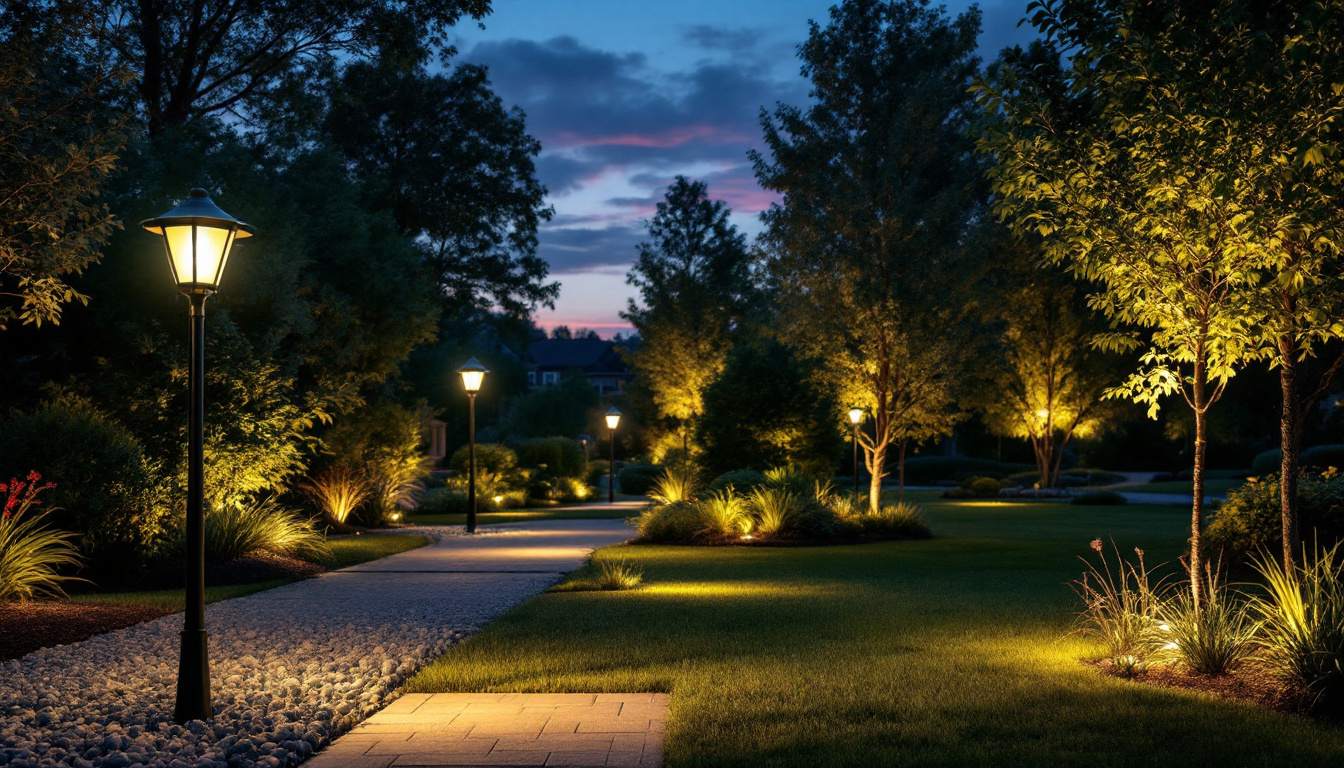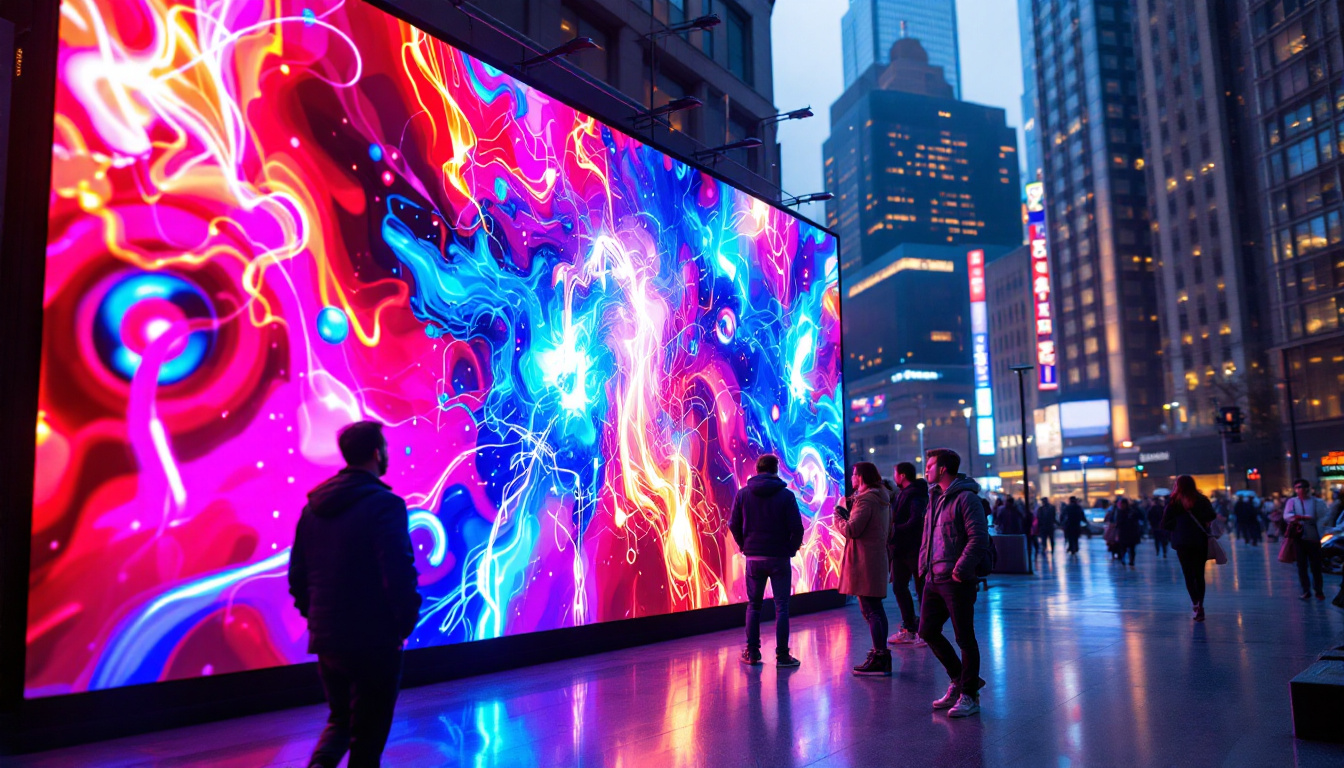The world of display technology is constantly evolving, and one of the key components in this evolution is the display switch box. These devices play a crucial role in managing multiple video sources and directing them to a single display or multiple displays. Among the various types of display technologies available, LED displays have gained significant popularity due to their vibrant colors, energy efficiency, and versatility. This article will delve into the intricacies of display switch boxes and LED displays, exploring their functionalities, benefits, and applications.
Understanding Display Switch Boxes
A display switch box is an essential device that allows users to switch between different video sources seamlessly. Whether it’s for a home theater setup, a corporate presentation, or a live event, these devices provide the flexibility needed to manage multiple inputs and outputs efficiently.
How Display Switch Boxes Work
At its core, a display switch box functions by receiving input signals from various sources such as computers, gaming consoles, or media players. It then processes these signals and routes them to the desired output display. Most modern switch boxes support various video formats, including HDMI, DisplayPort, and VGA, ensuring compatibility with a wide range of devices.
The operation of a display switch box can be manual or automatic. Manual switch boxes require users to physically press a button to change the input source, while automatic switch boxes can detect active signals and switch inputs accordingly. This feature is particularly useful in environments where multiple devices are frequently used, as it reduces the need for constant manual intervention. Additionally, many switch boxes come equipped with remote controls, allowing users to change inputs from a distance, which enhances convenience, especially in larger setups.
Types of Display Switch Boxes
Display switch boxes come in various configurations to accommodate different needs. Some of the most common types include:
- HDMI Switch Boxes: These are designed specifically for HDMI connections and can support multiple HDMI sources, making them ideal for home theaters.
- Matrix Switch Boxes: These allow for routing multiple inputs to multiple outputs, providing great flexibility in complex setups.
- Video Wall Controllers: Used in large-scale displays, these controllers manage multiple screens to create a cohesive visual experience.
Each type of switch box serves a unique purpose, and selecting the right one depends on the specific requirements of the user. For instance, in a corporate environment, a matrix switch box might be preferred for its ability to connect several laptops to multiple projectors or screens, facilitating presentations and collaborative work. On the other hand, a video wall controller is indispensable in retail settings where dynamic advertising across multiple screens can significantly enhance customer engagement. Furthermore, many modern switch boxes now include features like 4K support and HDR compatibility, ensuring that users can enjoy high-quality video output regardless of the source.
Moreover, the integration of smart technology into display switch boxes has opened up new possibilities. Some models now offer app-based controls, allowing users to manage their inputs and outputs via smartphones or tablets. This innovation not only simplifies the user experience but also allows for advanced features such as scheduling and remote access, making it easier to manage presentations or media playback from anywhere in the room. As technology continues to evolve, display switch boxes are likely to become even more sophisticated, offering enhanced features that cater to the growing demands of both personal and professional users.
LED Displays: An Overview
LED (Light Emitting Diode) displays have revolutionized the way visual content is presented. Known for their brightness, energy efficiency, and longevity, LED displays are widely used in various applications, from advertising billboards to television screens. Their rapid evolution has also led to advancements in technology, allowing for higher resolutions and more vibrant colors, which further enhances the viewer’s experience. As a result, LED displays have become a staple in modern visual communication, setting new standards for quality and performance.
Advantages of LED Displays
One of the primary advantages of LED displays is their exceptional brightness. Unlike traditional LCD screens, which can struggle in well-lit environments, LED displays maintain visibility even in direct sunlight. This makes them ideal for outdoor advertising and public displays. Furthermore, the ability to adjust brightness levels dynamically allows for optimal viewing experiences in various lighting conditions, ensuring that content remains clear and engaging at all times.
In addition to brightness, LED displays are also energy-efficient. They consume less power compared to other display technologies, leading to lower operational costs. This efficiency is especially beneficial for large installations, where energy consumption can significantly impact overall expenses. Moreover, the longevity of LED technology means that these displays often have a lifespan of over 50,000 hours, reducing the frequency of replacements and maintenance, which contributes to both cost savings and environmental sustainability.
Applications of LED Displays
LED displays are versatile and can be found in a variety of settings. Some common applications include:
- Advertising: Billboards and digital signage utilize LED technology to capture attention and convey messages effectively.
- Events and Concerts: LED screens are often used in live events to provide dynamic visuals and enhance the audience experience.
- Retail: Stores use LED displays to showcase products and promotions, driving customer engagement.
The adaptability of LED displays makes them a preferred choice across numerous industries, enhancing visual communication in innovative ways. In addition to these applications, LED technology is also making strides in the realm of smart cities, where dynamic displays can provide real-time information such as traffic updates, weather forecasts, and emergency alerts. This capability not only improves public safety but also fosters a more informed community. Furthermore, advancements in flexible LED technology are paving the way for creative installations, allowing for displays that can bend and shape to fit unique architectural designs, thereby expanding the possibilities of visual storytelling.
Integrating Display Switch Boxes with LED Displays
Combining display switch boxes with LED displays creates a powerful setup that enhances visual experiences. This integration allows for seamless switching between multiple content sources, ensuring that the most relevant information is always displayed. Whether in a corporate boardroom, a bustling trade show, or an entertainment venue, the ability to manage and showcase various media types can significantly elevate the impact of presentations and performances.
Benefits of Integration
Integrating a display switch box with an LED display offers several advantages:
- Enhanced Control: Users can easily manage multiple content sources, ensuring that the right message is delivered at the right time.
- Improved Flexibility: Whether it’s a corporate presentation or a live event, the ability to switch between different inputs enhances the overall experience.
- Streamlined Setup: A well-organized system reduces clutter and simplifies the management of visual content.
This synergy between display switch boxes and LED displays is particularly beneficial in environments where content needs to be dynamic and responsive to audience needs. For instance, in educational settings, instructors can effortlessly switch between slides, videos, and live demonstrations, keeping students engaged and facilitating a more interactive learning environment. Similarly, in retail spaces, businesses can showcase promotional videos, product information, and customer testimonials on the same display, creating a more cohesive and persuasive shopping experience.
Choosing the Right Combination
When selecting a display switch box for an LED display, several factors should be considered:
- Compatibility: Ensure that the switch box supports the same video formats as the LED display.
- Number of Inputs: Choose a switch box that can accommodate all the devices you intend to connect.
- Control Options: Consider whether you prefer manual or automatic switching based on your usage scenario.
By carefully evaluating these factors, users can create an efficient and effective display setup that meets their specific needs. Additionally, it’s important to consider the scalability of the system. As technology evolves and new devices are introduced, having a switch box that can adapt to future needs without requiring a complete overhaul can save both time and resources. Furthermore, investing in a switch box with advanced features such as remote control capabilities or integration with smart home systems can enhance user convenience and accessibility, making it easier to manage presentations from anywhere in the room.
Future Trends in Display Technology
The future of display technology is poised for exciting advancements. As LED technology continues to evolve, new innovations are emerging that promise to enhance visual experiences even further.
MicroLED Technology
One of the most promising developments in the LED space is MicroLED technology. This technology utilizes tiny micro-sized LEDs to create displays that offer superior brightness, contrast, and color accuracy. MicroLED displays are also modular, allowing for customizable screen sizes and shapes, making them ideal for a wide range of applications.
Smart Displays
As the Internet of Things (IoT) continues to grow, smart displays are becoming increasingly prevalent. These displays can connect to the internet, enabling features such as real-time content updates, remote management, and interactive capabilities. This trend is particularly beneficial for advertising and information dissemination, as it allows for dynamic content that can be tailored to specific audiences.
Augmented Reality (AR) Integration
Augmented reality is another area where display technology is making strides. By integrating AR with LED displays, users can create immersive experiences that blend digital content with the physical world. This technology has applications in various fields, including education, retail, and entertainment, offering new ways to engage audiences.
Conclusion
The display switch box and LED display combination represents a significant advancement in visual technology. By understanding how these components work together, users can create dynamic and engaging visual experiences that cater to diverse needs. As technology continues to evolve, staying informed about the latest trends and innovations will be essential for maximizing the potential of display systems.
In summary, whether for personal use, corporate environments, or large-scale events, the integration of display switch boxes with LED displays offers unparalleled flexibility and control. Embracing these technologies not only enhances visual communication but also prepares users for the future of display technology.
Explore Cutting-Edge LED Display Solutions with LumenMatrix
Ready to elevate your visual experience with the latest in LED display technology? LumenMatrix is at the forefront of innovation, offering a wide array of LED display solutions tailored to your needs. From captivating Indoor and Outdoor LED Wall Displays to dynamic Vehicle and Sports LED Displays, our products are designed to make your brand stand out. Discover the possibilities with our Custom, All-in-One, and Transparent LED Displays, and see how our Floor and LED Poster Displays can transform your space. Don’t miss the opportunity to revolutionize your visual communication. Check out LumenMatrix LED Display Solutions today and step into the future of display technology.

